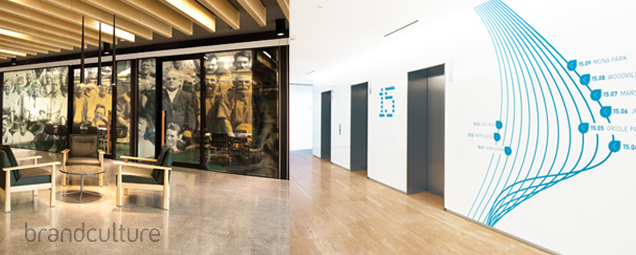
Manipulated image referenced above is a Tex Avery illustration (he made Little Red Riding hood sexy, think of ‘Who Framed Roger Rabbit’)
It’s time to re-evaluate the status quo, time to tap into our roots and discover what it really means to design…So the destructive process of planned obsolescence isn’t really getting us anywhere (see last post ‘how long will it last…) let’s discuss the importance of good sustainable design. Design that is no longer about ‘patching’ up a problem (physical or economical), design that isn’t focused on consumption as its primary objective but design that concentrates less on the material and more towards lateral thinking.
We mentioned a couple of products in the last post that were good examples of ‘Heirloom Design’, products built to last and attain their desirability over time, however it should be noted that when creating such a product a certain type of thought process is implemented. We at BrandCulture understand the importance of creative thinking, we know design has the ability to transcend beyond a physical object and in to the subconscious. Design is more than just the aesthetic, it must be functional, evoke emotion, adapt and ultimately solve a common problem with a sustainable solution.
Take the two projects we did for Sydney Water for example. Without going into the jobs in to much detail (Potts Hill & Parramatta) the objective was to not just create ‘pretty’ pictures on any given wall, sure it’s nice to have something to look at it in the work place but there has to be meaning behind it, it has to have purpose. This purpose should then give birth to emotion and help the observer find the connection or relationship between his or her environment. It instills a sense of identity and thus highlights the importance of culture and context.
BrandCulture ‘s objective for every environmental branding project is to encourage creative thinking through the built environment; a work-place (habitat) that stimulates senses, thought and behaviour resulting in thinking laterally about ones surroundings, continuing the practice of good design that is Semi-permanent and inturn sustainable. Think less visual noise and more about the brand story that will be owned by the people who inhabit those spaces.
Above (left to right): Sydney Water – Potts Hill ‘Memoirs’ and Parramatta ‘The Journey’.
Over the last decade there has been significant change in many matters, from Global Warming to Health and Security, now design is slowly reverting back to its origins, no longer preoccupied with creating stylish, popular objects but more focused on longevity, identity and sustainability. BrandCulture believes this should’ve been and should always be the case. We must not only concentrate on creating physical products that last, but also strive towards designing working and social environments that encourage and arouse the creative thinking process, through smart and innovative design we can truly make the world a better place to live in.
Ingrid is the President of the International Association for Community Development and is committed to fostering an international dialogue about designing innovative methodologies for sustainable development.
If you’d like to take some time out, we suggest you watch this interesting TED talk from Tim Brown (CEO of IDEO) on the subject at hand.

